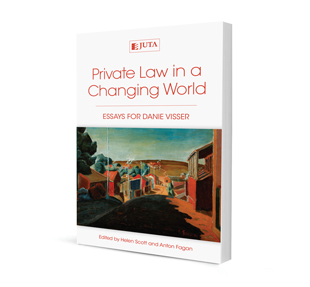
Rights of relief, subrogation and unjustified enrichment in Scots law
Authors N Whitty
ISSN: 1996-2088
Affiliations: Honorary Professor of Law at the University of Edinburgh
Source: Acta Juridica, 2019, p. 493 – 528
Abstract
This essay gives an overview of the Scots law on rights of relief (contribution) of cautioners (sureties), co-debtors and indemnifiers (mainly insurers). The personal rights of relief of cautioners, co-debtors and double indemnifiers attract the civilian benefit of cession of actions (beneficium cedendarum actionum). By contrast, a paying insurer (or other indemnifier) is not an assignee of the insured but is subrogated to the insured’s rights against the person primarily liable for the loss, so he sues a subrogated action in the insured’s name. Subrogation is an eighteenth-century English doctrine transplanted later to Scots law, along with English insurance law. The law of relief (with cession of actions) and subrogation has the unique function, within the law of obligations, of ranking the liabilities of a plurality of debtors liable to the same creditor or insured in respect of the same debt or damage. Since it is a distinct source of obligation and a separate (albeit small) legal regime with rules of its own, it resembles negotiorum gestio rather than a branch of unjustified enrichment. Nevertheless, since the 1990s a handful of Scottish judicial opinions and decisions, reflecting a trend in English law, have sought to reconceptualise relief as a branch of the law of unjustified enrichment. The essay ventures to criticise this trend arguing, among other things, that it is based on a misreading of Scottish legal history and a failure to recognise the unique character of obligations of relief, and that it overlooks binding Court of Session Inner House authority that holds that in actions of relief the measure of recovery is the pursuer’s expenditure and not the defender’s enrichment.